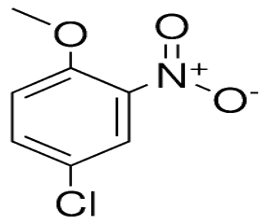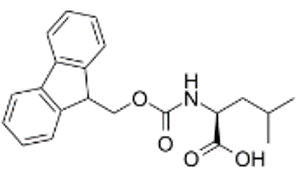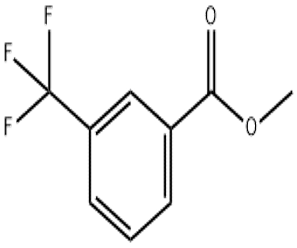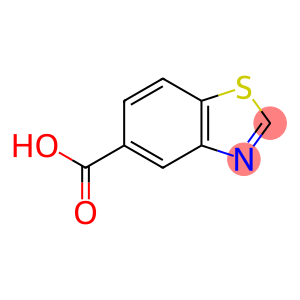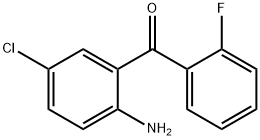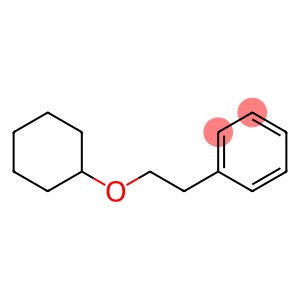4-Chloro-2-nitroanisole(CAS# 89-21-4)
| Risk Codes | 36/37/38 – Irritating to eyes, respiratory system and skin. |
| Safety Description | S26 – In case of contact with eyes, rinse immediately with plenty of water and seek medical advice. S36/37/39 – Wear suitable protective clothing, gloves and eye/face protection. S37 – Wear suitable gloves. |
| HS Code | 29093090 |
Introduction
4-Chloro-2-nitroanisole. The following is an introduction to its nature, use, preparation method and safety information:
Quality:
- Appearance: 4-Chloro-2-nitroanisole is a liquid, colorless or light yellow.
- Solubility: It is soluble in organic solvents such as ethers, alcohols, and chlorinated hydrocarbons.
Use:
- Explosives: 4-chloro-2-nitroanisole is a high-energy explosive that is used as a major ingredient or additive in military and industrial applications.
- Synthesis: It is an important raw material for the synthesis of other compounds, such as synthetic dyes and the starting material of organic synthesis reactions.
Method:
- 4-Chloro-2-nitroanisole, usually obtained by chlorination and nitrification of nitroanisole. Nitroanisone is reacted with chlorine to form 4-chloronitroanisole, which is then purified to obtain the target product.
Safety Information:
- 4-Chloro-2-nitroanisole is a volatile and irritating compound and should be kept away from fire and high temperatures. Wear protective equipment, including gloves, goggles, and protective clothing.
- It has an irritating effect on the eyes, skin, and respiratory tract, avoid direct contact.
- If inhaled or ingested, seek immediate medical attention.
- Waste disposal should be carried out in accordance with local laws and regulations to avoid environmental pollution.
- Observe safe operating practices during use or storage to ensure proper ventilation conditions.


